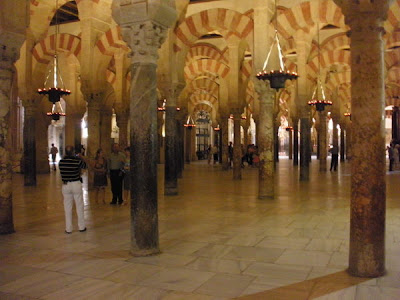
The end of term pressure is on with looming tests and deadlines for reports and presentations. But, there was still time today for our own TTU Sevilla Center World Cup Championship presentation. Dr. Englis congratulated the students for their role as 'witnesses' to the championship.










































